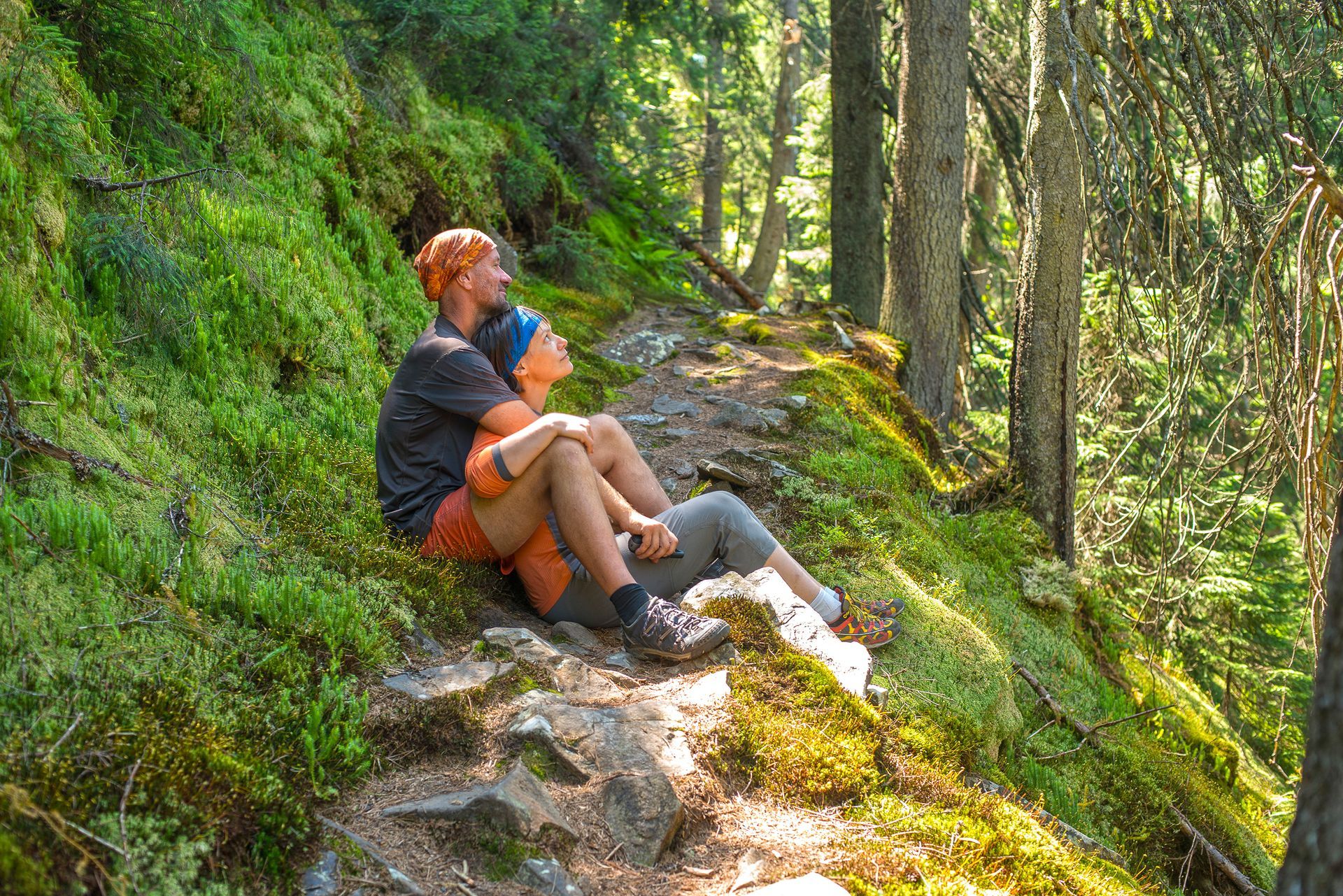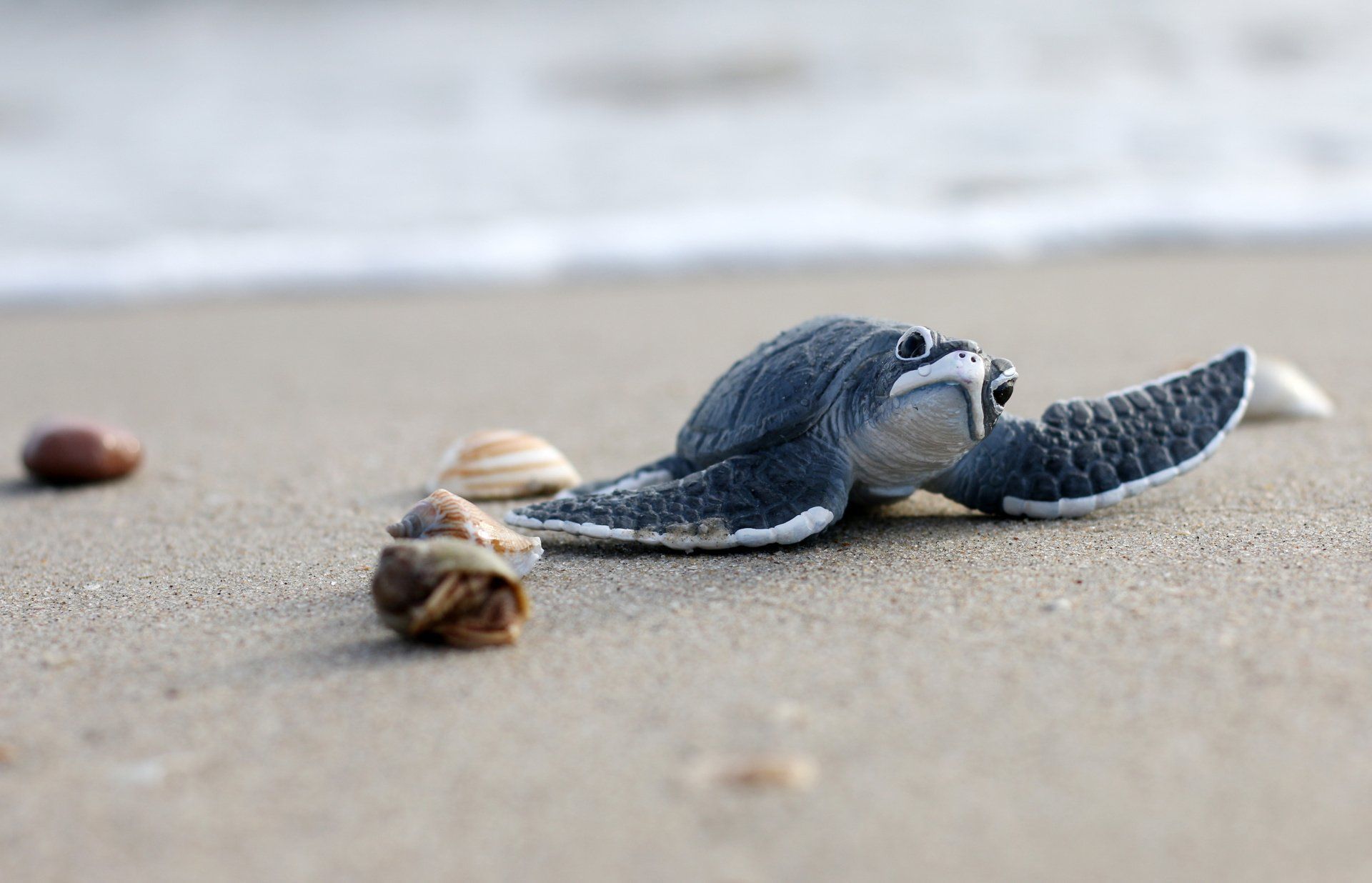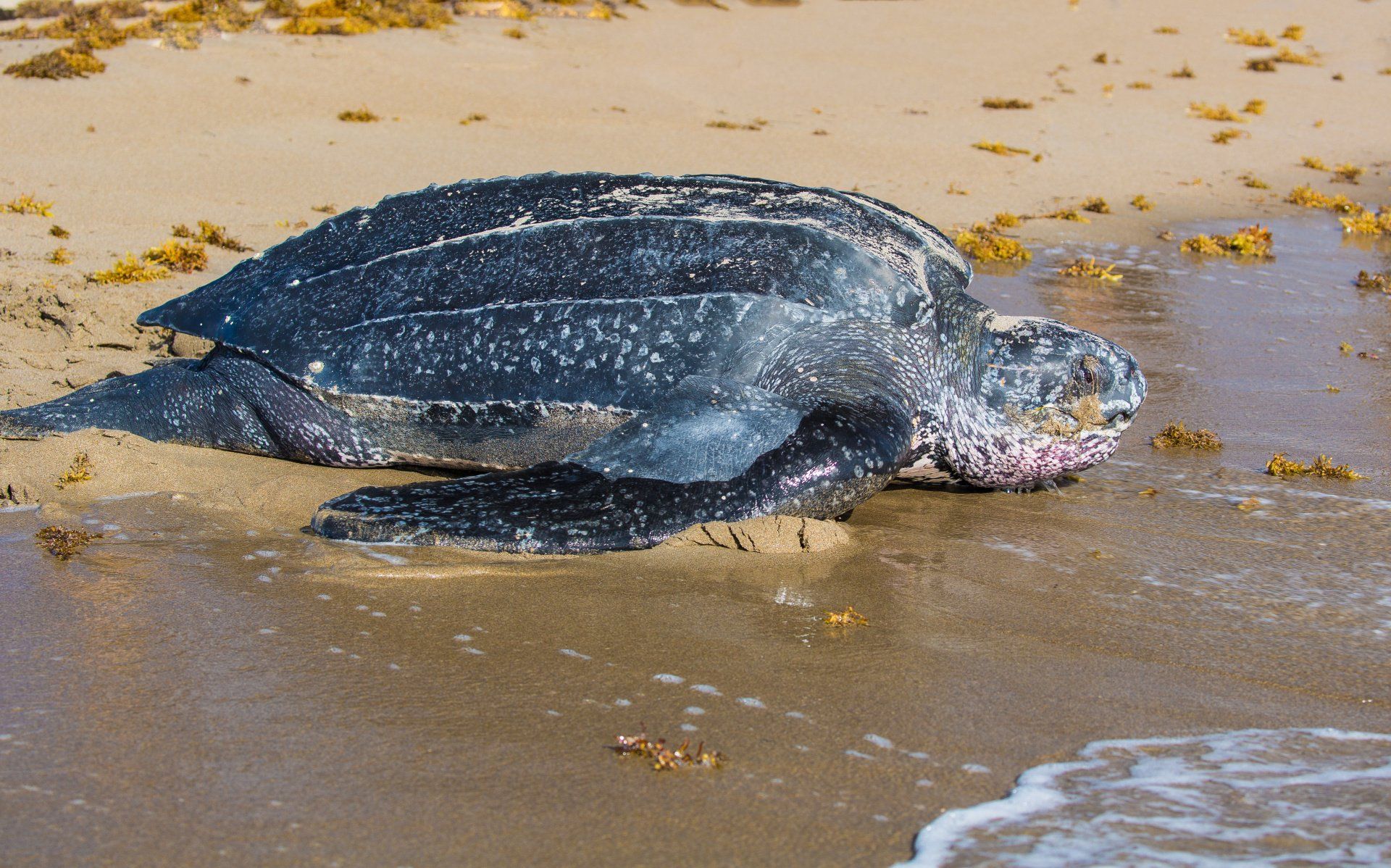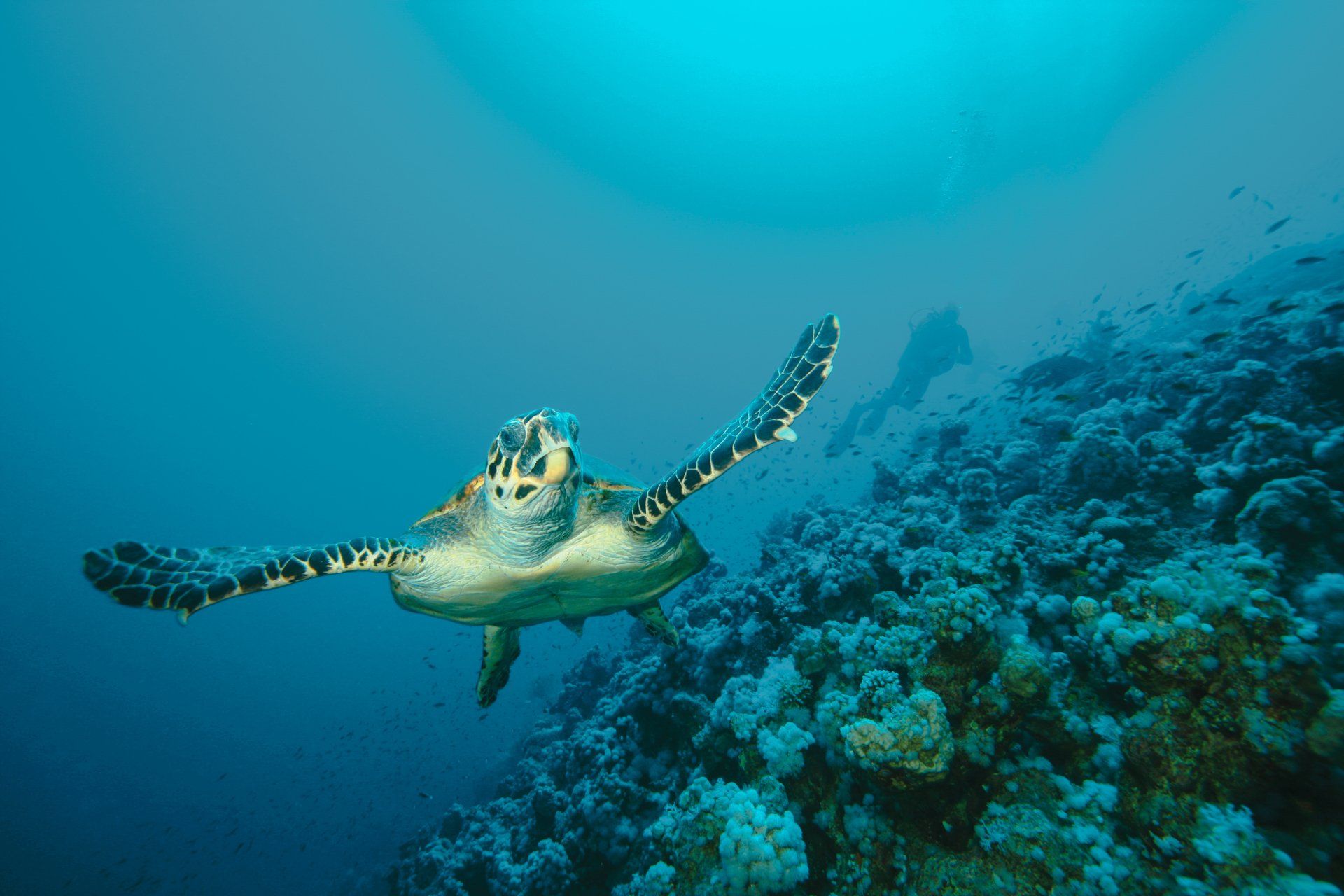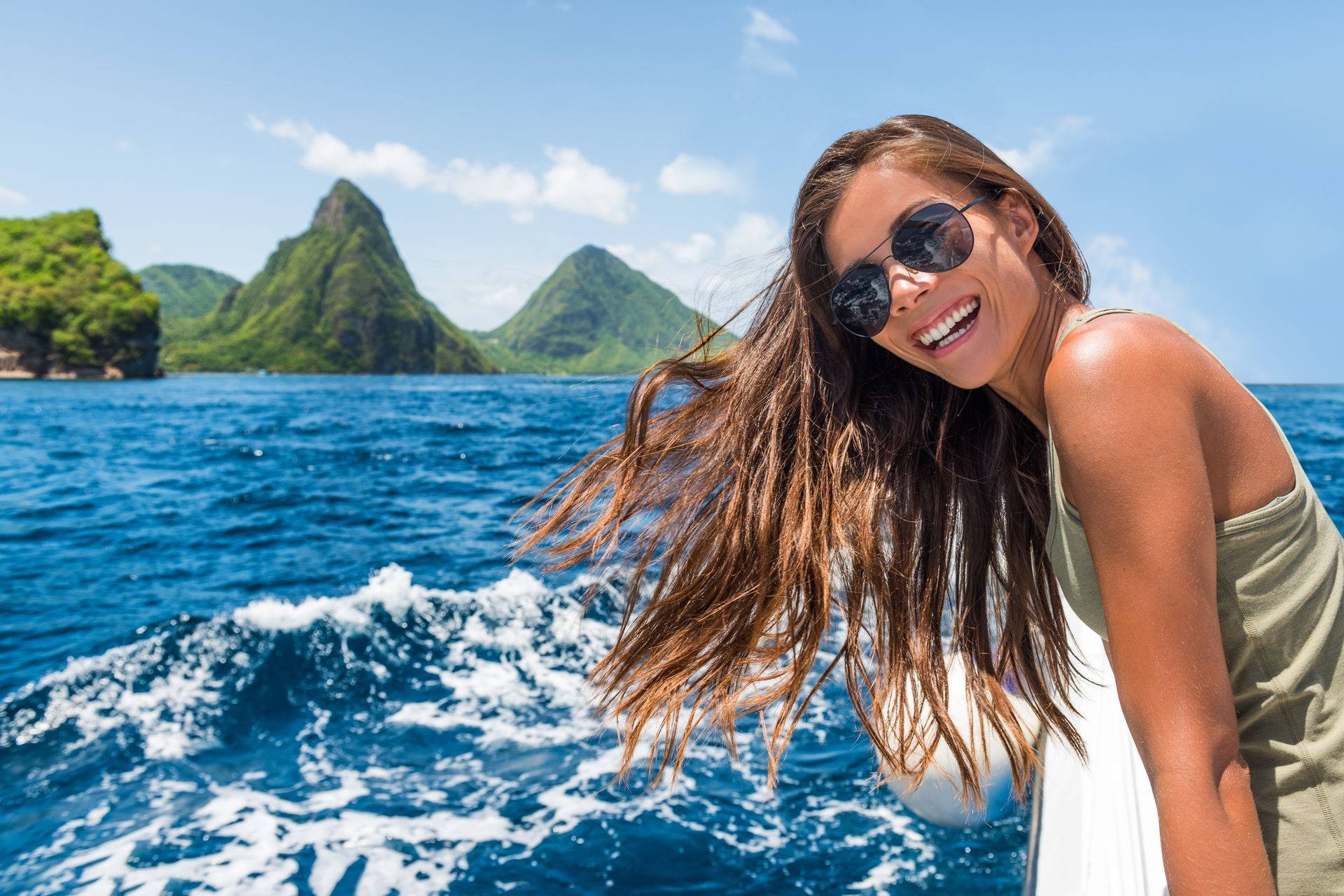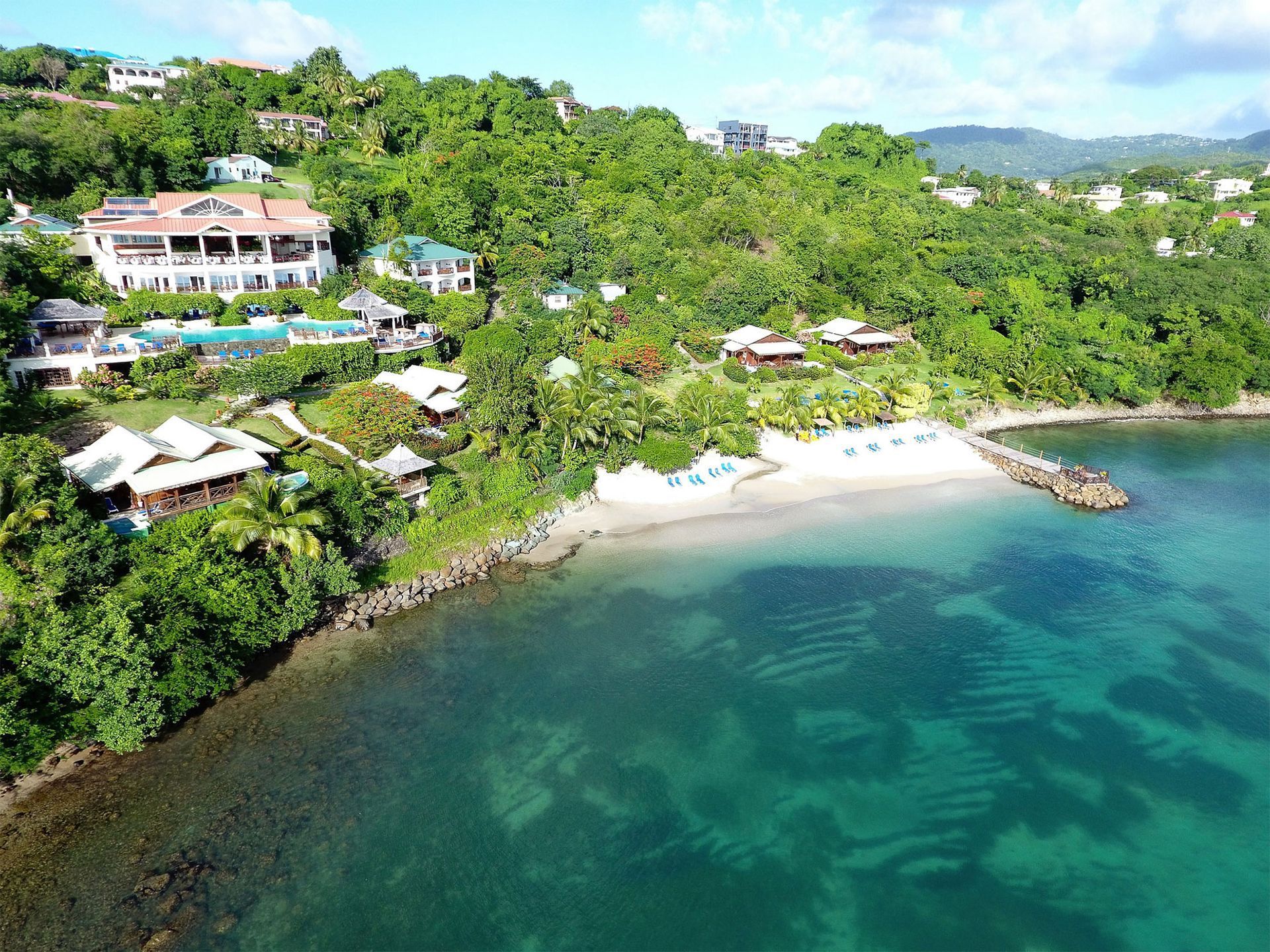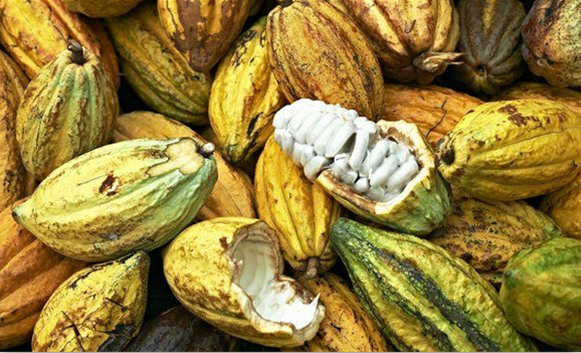Share this blog
A free show down on Turtle Beach
Nature’s Free Show on Turtle Beach
One of the joys of staying at Calabash Cove is the chance to observe turtles that are frequently found on the resort’s beach between April and September. It is said that turtles return to the same beach where they were hatched every year. These sightings can occur anywhere on the island, especially on the East (Atlantic) coast.
So many hatchings have occurred at Calabash in recent years,
our team members have begun to refer to the beach as “Turtle Beach.”
Which Turtles Land on Turtle Beach?
After hatching on beaches around the world, these huge marine reptiles undertake multiyear, epic migrations at sea. Then, the turtles return to the exact spot where they were born to mate and lay their own eggs.
On our very own turtle beach here in Saint Lucia, you will likely see Loggerheads, Leatherbacks, Hawkspills and Green Turtles.
How on earth do these giant creatures know
the beach on which they were born?
Scientists have long known that the turtles, like many animals, navigate at sea by sensing the invisible lines of the magnetic field, like how sailors use latitude and longitude. But they didn't know how the turtles were able to return to the very spot where they were born, until a new study published in 2015 provided the answer:
The turtles also rely on Earth's magnetic field to find their way home. That's because each part of the coastline has its own magnetic signature, which the animals remember and later use as an internal compass.
It's not an easy commute, though—the magnetic field actually changes slowly, and loggerheads have to shift their nesting sites in response, according to the study, published January 15 in Current Biology.
What are the dangers for our visitors to Turtle Beach?
Sadly, turtles are an endangered species. To begin with the survival rate from a hatching is not a great start. The number making adulthood is about 1 in 1000. Once the baby turtle is hatched they are on their own.
Their first mission is to get to the water. If they take too long they will die from dehydration.
They will rush in numbers to the waters edge and the sheer volume of hatchlings usually allows for a reasonable number to make it to the sea.
Eagle eyed birds and crabs and other creatures lurk ready for when the turtles make their break and run the gauntlet to the ocean.
Once they have made it to the sea and dived beneath the waves, the baby turtle seems to enter a period of “lost years”
Our Turtle Beach babies - are they “Lost at Sea” or “Clever Sailors”
Until biologists devised ways to tag these baby turtles, it was hard to locate any “teenagers” and we were left with sightings of Turtle Moms nesting on our beaches, or hatchlings scrambling for the sea. It was only when the turtles reached young adulthood did we start to spot and track them. So where did they go in-between times.
By tagging the baby turtles, scientists began to track some of the activity post hatching. Baby turtles from the Caribbean and Florida coast would gradually drift Northeast and along the mainland coast of the United States as far as North Carolina when the Gulf Stream began to take them away from the predator rich coastal waters. Rather then being passive drifters simply going with the flow, the Turtles are active navigators using regional magnetic fields as open ocean markers.
Scientists were fascinated by some of the young turtles navigating away from the mainstream and finding the Sargasso Sea, rich in nutritious red seaweed.
Sargassum is a good habitat for a baby turtle. Its brown fronds, branches and floats provide shelter from predators. They also absorb a lot of sunlight, warming the local water by six degrees over the surrounding ocean. Turtles are cold-blooded and could grow faster in warmer waters, reaching sexual maturity at an earlier age and outgrowing potential predators.
Clear and Present Danger – Humans
It is true that young and infant turtles are extremely vulnerable to many predators on the beach and in the sea. However once the turtles make it to young adulthood, they have developed a rock hard shell to protect their soft body. A suit of armour to ward off any predator.
It will come as no surprise to learn that we, humans, present the biggest problem to the survival of this majestic species. Here is a list of how we can put things right.
1. Say NO to plastics!
Sea turtles and other marine animals often mistake plastic as food. It is estimated that more than 100 million marine animals die each year from ingesting or getting entangled in plastic. Invest in reusable bags, bottles, and straws to help eliminate waste. And do not throw waste materials into the Ocean.
2. Reduce your carbon footprint.
Climate change impacts coral reefs, nesting beaches, affects male-to-female sex ratios of hatchlings, and more. Learn 5 ways to reduce your carbon footprint.
3. Choose responsibly caught seafood.
Sea turtles often become entangled in commercial fishing methods like trawling, longlines, and gillnets. Check out the Monterey Bay Aquarium’s Seafood Watch (also available as an app) to find turtle-friendly seafood options!
4. Leave only footprints.
When you visit the beach, don’t forget to look around and pick up everything before you leave. Things like beach furniture, sandcastles, and holes can create difficult obstacles for a nesting sea turtle and could even cause death. Leave the beach clean and clear for all wildlife.
5. Volunteer!
There are countless ways that you can volunteer your time to make a difference for sea turtles. Organize or attend a clean-up day - even if you don’t live near a beach, parks are important too! If in your area, join a sea turtle nesting patrol to help researchers determine nesting data. Most importantly, talk to anyone and everyone about ways they can help save sea turtles every day.
6. Minimize beach lighting.
The moon guides nesting sea turtles and hatchlings, so flashlights or bright lights at beach houses can disorient turtles. Turn off exterior lighting or switch to sea turtle friendly fixtures. When walking on the beach, place a red filter over your flashlight or invest in a red-light flashlight.
7. Don’t disturb nesting females, nests, or hatchlings.
We totally get it, seeing a sea turtle can be an exciting experience. Turtles can get easily spooked when starting to nest and may return back to sea without nesting, also known as a “false crawl”. Keep your distance from sea turtles and nests to ensure a safe and stress-free experience for everyone.
8. Be careful when boating
Sea turtles are air breathing reptiles, so they need to come up to the surface fairly often. Boat and propeller strikes can seriously injure or kill turtles. Stay alert, stay in channels, avoid running over their habitat like seagrass beds, and slow down if you see a sea turtle nearby.
9. Hold the balloons!
Celebrations can be just as much fun without balloons, and they aren’t much fun when they come back down. Helium balloons can travel long distances and can entangle land and marine animals. Skip the balloons and check out some eco-friendly alternatives from Balloons Blow.
10. Be the voice for the voiceless.
We must take a stand for those who can’t do so for themselves by spreading awareness and fighting for change. Do your research online to find petitions to sign and to understand as much as you can about how humans are threatening the existence of so many species.

